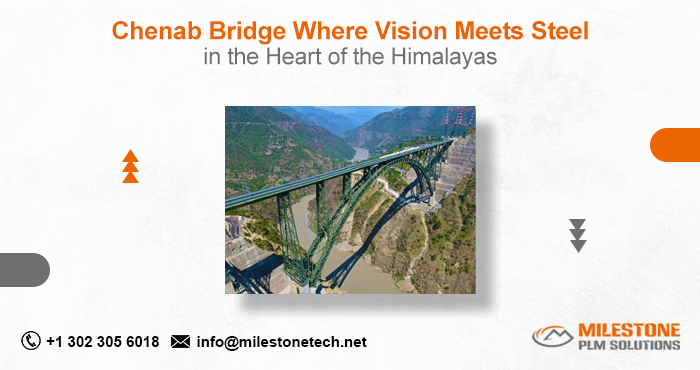Traditional Construction vs. Modern Construction: Cost, Time, and Sustainability
- Milestone PLM Solutions
- Jan 23
- 2 min read
The construction industry has evolved significantly over the decades, shifting from conventional methods to modern, technology-driven approaches. The debate of Traditional vs. Modern Construction continues to intrigue professionals and stakeholders alike, especially when evaluating costs, timelines, and sustainability.

Cost Considerations
Traditional construction methods, which rely heavily on manual labor and standard materials like bricks, cement, and wood, tend to be labor-intensive. These methods often incur higher long-term costs due to maintenance and repairs. Additionally, traditional processes lack precision, leading to material wastage and overruns in budget.
In contrast, modern construction employs advanced technologies like Building Information Modeling (BIM), prefabrication, and modular construction. These techniques ensure precision and minimize material wastage, translating into significant cost savings. Although initial investments in modern construction may be higher, the reduced operational costs and lifecycle savings outweigh the upfront expenses, making it a more economical option in the long run.
Time Efficiency
Time is a critical factor in any construction project. Traditional construction methods are often time-consuming due to their sequential workflow. Each phase, from foundation to finishing, relies on manual intervention, leading to potential delays caused by labor shortages, weather conditions, or logistical challenges.
Modern construction, on the other hand, emphasizes speed and efficiency. Prefabrication and modular construction allow components to be manufactured off-site and assembled on-site, drastically reducing construction timelines. Technologies like drones and 3D printing further streamline the process, enabling faster project completions without compromising quality. This time efficiency not only accelerates project delivery but also reduces costs associated with prolonged timelines.
Sustainability Impacts
Sustainability has become a cornerstone of contemporary construction practices. Traditional construction methods often have a higher environmental footprint due to the extensive use of non-renewable resources and the generation of significant waste. Additionally, traditional buildings often lack energy-efficient designs, leading to higher operational energy consumption.
Modern construction prioritizes sustainability by integrating eco-friendly materials and energy-efficient designs. Technologies like BIM aid in optimizing energy performance, while innovations like green roofs, solar panels, and rainwater harvesting systems promote resource conservation. Furthermore, modular construction minimizes waste by utilizing precise manufacturing processes. The emphasis on sustainable practices aligns modern construction with global goals for environmental responsibility.
Balancing Tradition and Innovation
While modern construction offers numerous advantages, traditional methods still hold value in certain contexts. For example, heritage restoration projects and custom designs often benefit from traditional craftsmanship. The challenge lies in balancing these methods with innovative practices to achieve cost-effective, time-efficient, and sustainable solutions.
Conclusion
The debate of Traditional vs. Modern Construction highlights the contrasting approaches and outcomes of these methods. Traditional construction carries the charm of craftsmanship but struggles with inefficiencies and sustainability challenges. Modern construction, driven by technology and innovation, addresses these shortcomings, offering a future-ready solution for the industry. As construction practices evolve, adopting a hybrid approach that incorporates the strengths of both methods may pave the way for a balanced, efficient, and sustainable future


